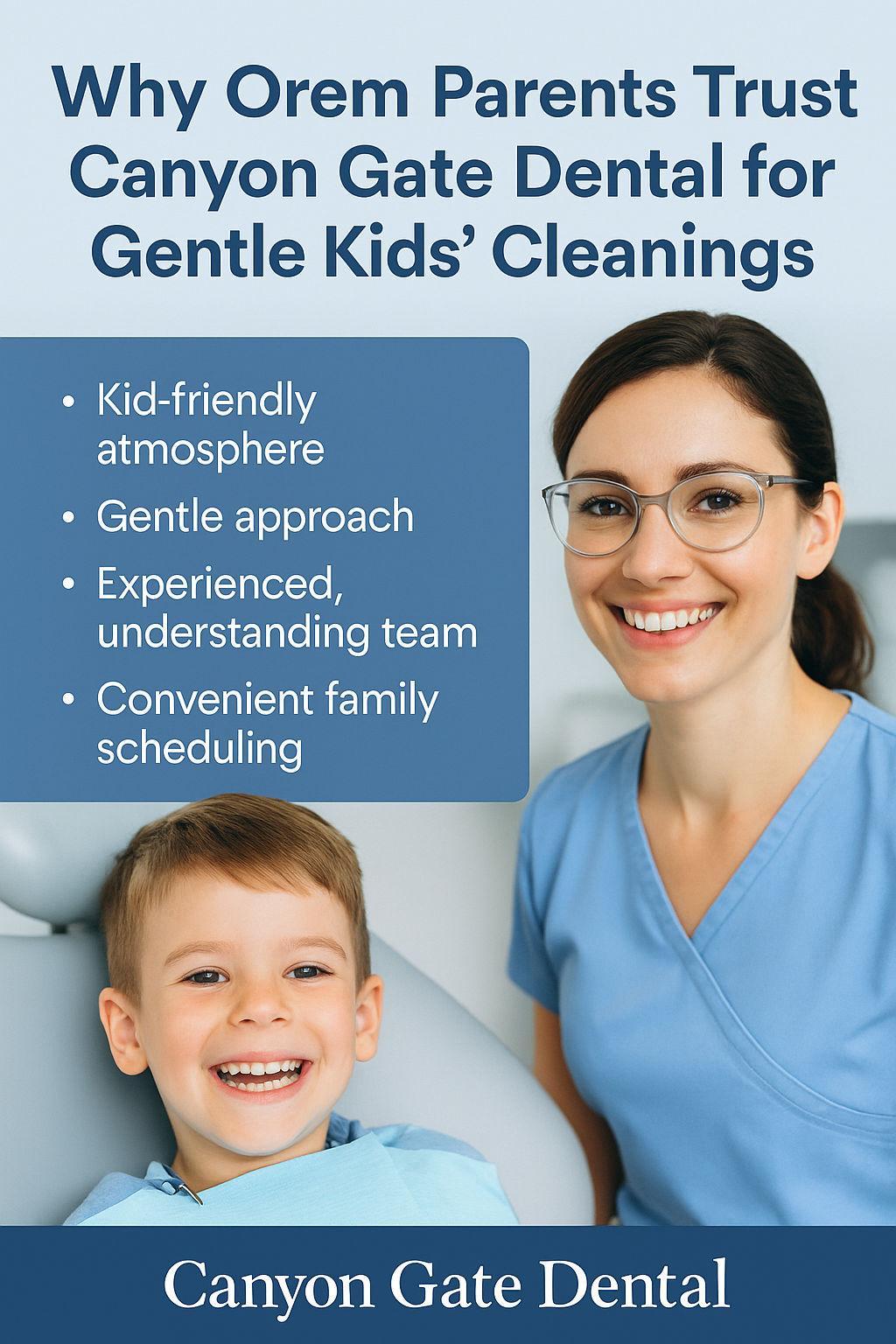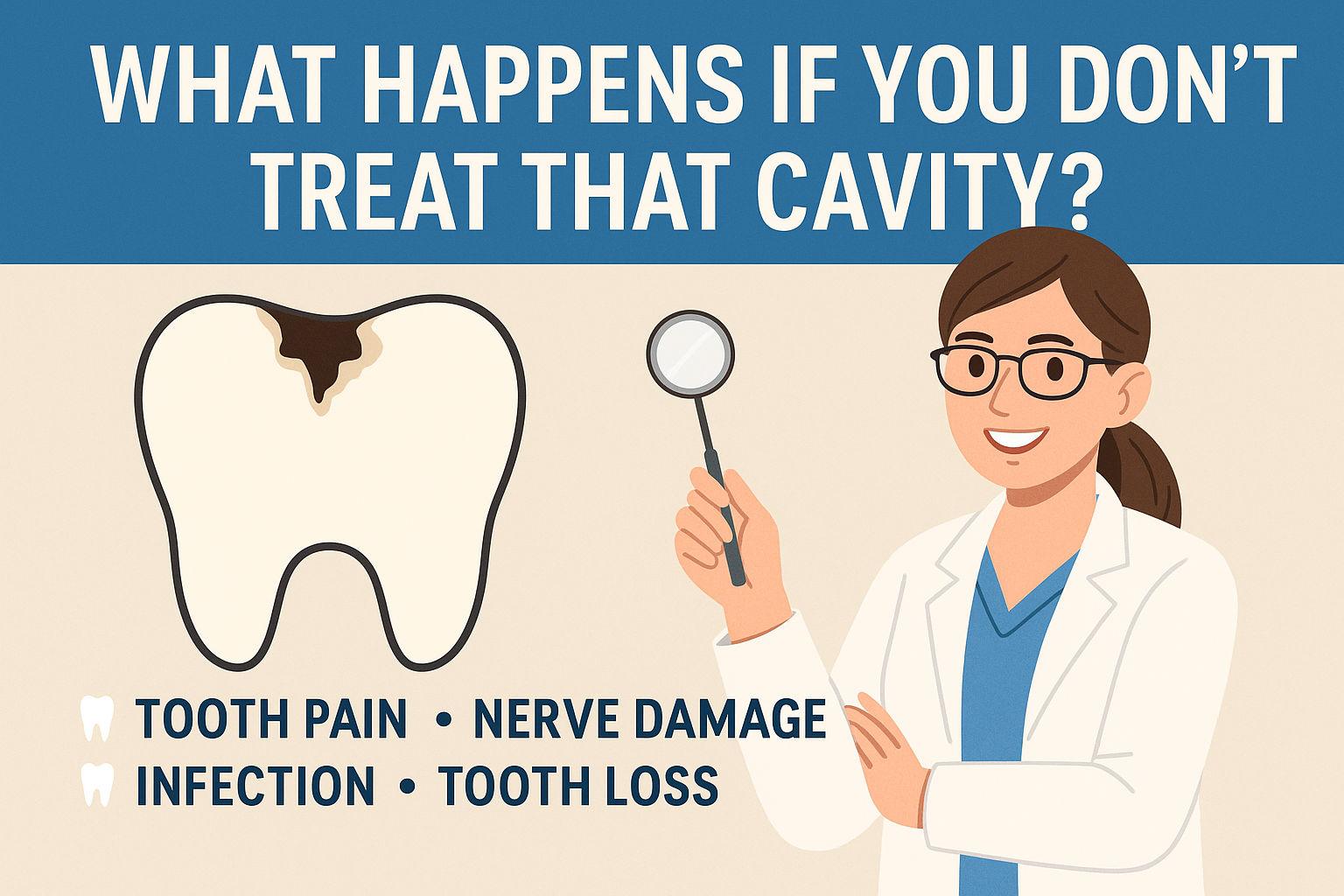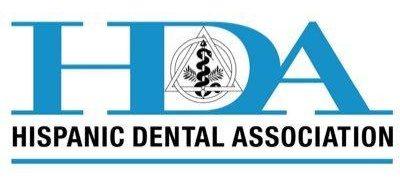To repair “bad bites,” or malocclusions, braces, and orthodontic therapy are employed (teeth that are crowded or crooked). Your teeth may be straight, but your upper and lower jaws may not be correctly aligned in rare circumstances. A jaw or dental alignment issue can be inherited or caused by trauma, early or late tooth loss, or thumb sucking.
Your dentist may prescribe braces or similar orthodontic therapy to straighten up your smile if you have an irregular bite. Correcting the issue might result in a nice-looking grin, but the orthodontic treatment also leads to a healthy mouth. If an irregular bite is not corrected, it can lead to a variety of oral health issues, including:
- tooth decay
- gum disease
- tooth loss
- slurred speech and/or chewing
- abnormal wear of tooth enamel
- jaw difficulties
Straightening your teeth may be done in a variety of methods. Your orthodontic treatment will be determined by your preferences as well as the possibilities offered by your dentist or orthodontist. Traditional braces use pressure to correct teeth. Small brackets are glued to your teeth and joined by a wire that is tightened by your dentist or orthodontist regularly to progressively move your teeth and jaw. Metal or tooth-colored brackets are available. They’re sometimes hidden beneath your teeth. Removable aligners are another alternative for correcting orthodontic issues when used under the guidance of a dentist or orthodontist.
Your dentist or an orthodontist, a dentist who specializes in the diagnosis, prevention, and treatment of dental and facial abnormalities, may perform orthodontic therapy. It will be determined by your dentist’s orthodontic experience as well as the complexity of your condition.
Because improper bites commonly appear between the ages of 6 and 12, orthodontic treatment is usually started between the ages of 8 and 14. Treatment that begins while a kid is still developing is more likely to generate the best results. That isn’t to say that people can’t have braces; healthy teeth may be treated by an orthodontist at any age.
Treatment programs vary depending on your circumstances, but typically people spend one to three years in treatment. After that, you’ll have to wear a retainer to keep your teeth in their new places. Braces nowadays are more comfortable than they’ve ever been. Newer materials move teeth with a continuous, moderate force, requiring fewer modifications.
It’s critical to eat a well-balanced diet while wearing braces to keep your teeth healthy. Of course, maintaining a balanced diet is always vital, but eating too many sweet foods while wearing braces can cause plaque to build up around your brackets, staining or damaging your teeth permanently. It’s also a good idea to avoid items like popcorn, corn on the cob, chewing gum, entire apples, and other sticky foods. Inquire with your dentist about foods to avoid during your treatment. Not everyone is born with a beautiful smile, but with proper dental hygiene and orthodontic treatment, you may have a beautiful and healthy toothy smile.









